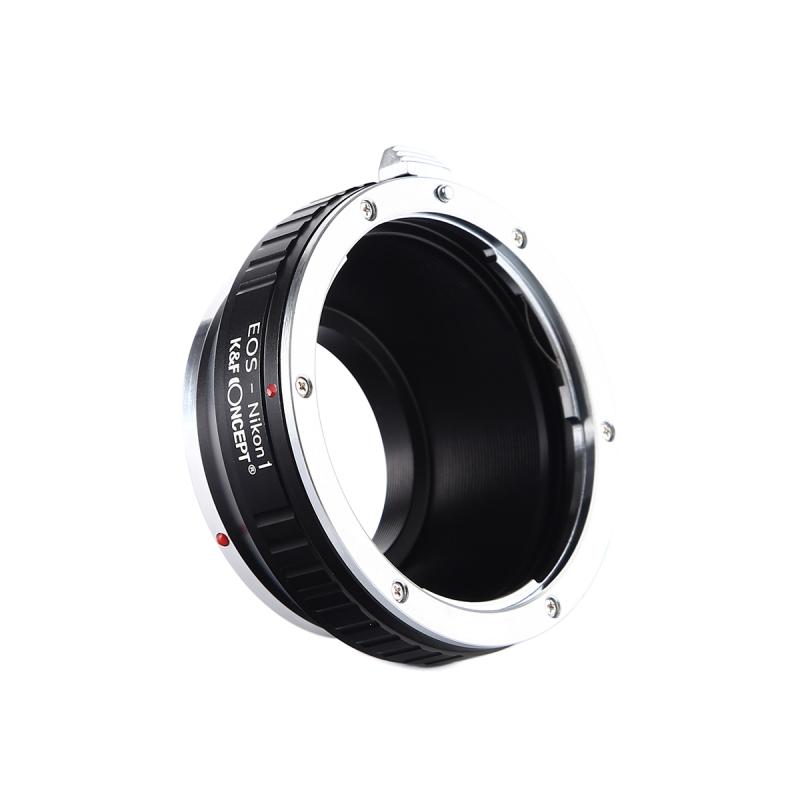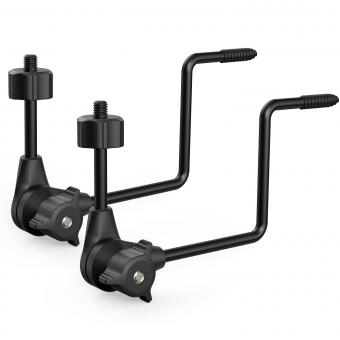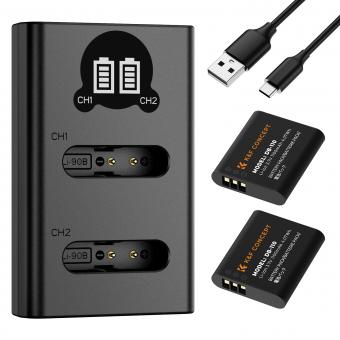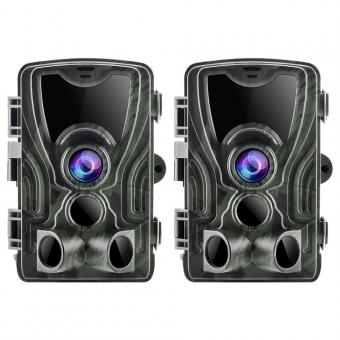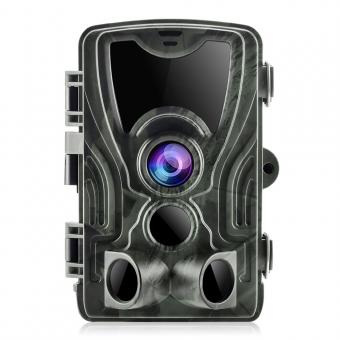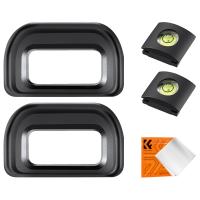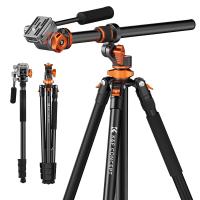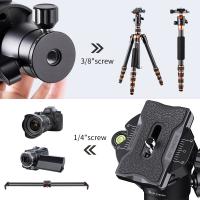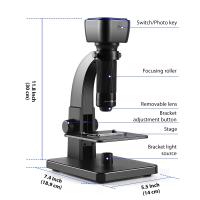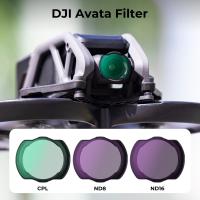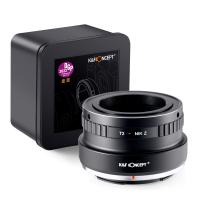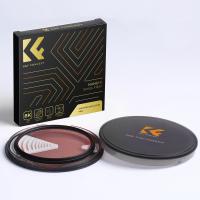What Are The Best Batteries For Trail Cameras ?
The best batteries for trail cameras are typically lithium batteries, specifically lithium AA batteries. These batteries are known for their long-lasting power and ability to withstand extreme temperatures, making them ideal for outdoor use. They have a higher energy density compared to alkaline batteries, allowing them to provide consistent power for extended periods of time. Additionally, lithium batteries have a longer shelf life and are less prone to leakage, which is crucial for trail cameras that may be left unattended for long periods. It is important to check the specific requirements of your trail camera and follow the manufacturer's recommendations for battery usage.
1、 Lithium-ion batteries: Long-lasting and reliable power source for trail cameras.
Lithium-ion batteries are widely regarded as the best power source for trail cameras due to their long-lasting and reliable performance. These batteries have become increasingly popular in recent years, and for good reason.
One of the main advantages of lithium-ion batteries is their impressive energy density. They can store a large amount of energy in a compact size, allowing trail cameras to operate for extended periods without needing frequent battery changes. This is particularly beneficial for trail cameras that are placed in remote locations or areas that are difficult to access.
Furthermore, lithium-ion batteries have a low self-discharge rate, meaning they can hold their charge for longer periods when not in use. This is especially important for trail cameras that may be left unattended for weeks or even months at a time. With lithium-ion batteries, users can be confident that their trail cameras will be ready to capture images and videos whenever they are needed.
Another advantage of lithium-ion batteries is their ability to handle extreme temperatures. They perform well in both hot and cold conditions, making them suitable for use in various environments. This is particularly important for trail cameras that are often exposed to harsh weather conditions in outdoor settings.
Additionally, lithium-ion batteries are known for their durability and longevity. They have a high cycle life, meaning they can be recharged and used repeatedly without significant degradation in performance. This makes them a cost-effective choice in the long run, as they can outlast other types of batteries.
In conclusion, lithium-ion batteries are the best choice for trail cameras due to their long-lasting power, reliability, low self-discharge rate, ability to handle extreme temperatures, and durability. As technology continues to advance, it is possible that even more efficient and powerful battery options may emerge in the future. However, for now, lithium-ion batteries remain the top choice for trail camera users.
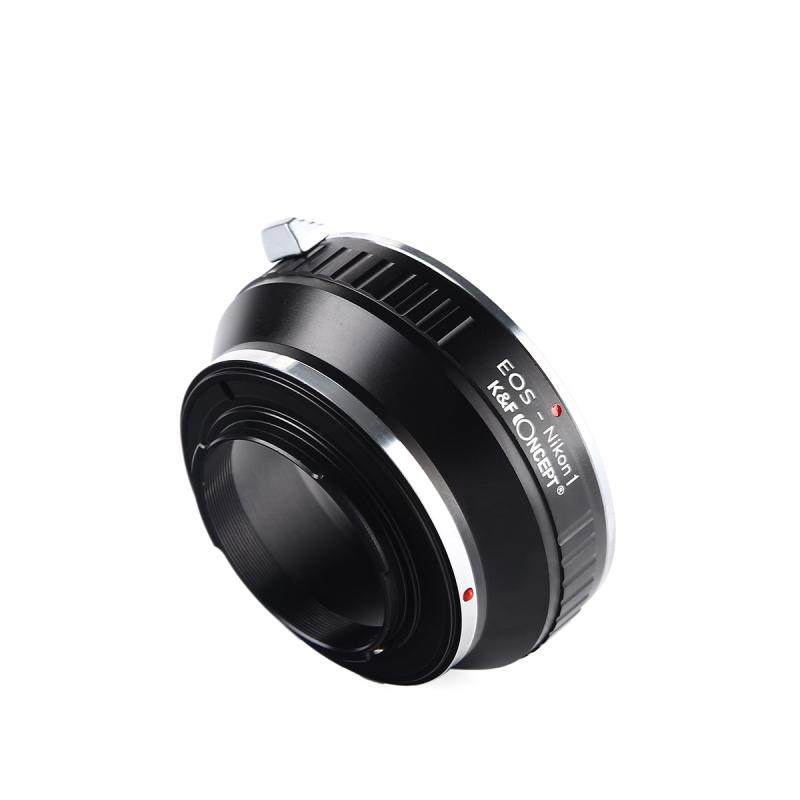
2、 Rechargeable NiMH batteries: Environmentally friendly option with decent lifespan.
Rechargeable NiMH batteries are often considered the best option for trail cameras due to their environmentally friendly nature and decent lifespan. These batteries have been a popular choice among outdoor enthusiasts and photographers for several years.
One of the main advantages of NiMH batteries is their ability to be recharged multiple times, making them a cost-effective option in the long run. Unlike disposable alkaline batteries, which need to be replaced after each use, NiMH batteries can be reused hundreds of times before needing to be replaced. This not only saves money but also reduces waste and helps protect the environment.
In terms of lifespan, NiMH batteries have improved significantly over the years. The latest models offer higher capacities and longer runtimes, allowing trail cameras to operate for extended periods without needing a battery change. This is particularly beneficial for those who use their trail cameras for extended periods or in remote locations where battery replacement may not be convenient.
Furthermore, NiMH batteries have a relatively low self-discharge rate, meaning they can hold their charge for longer periods when not in use. This is especially useful for trail cameras that may be left unattended for weeks or even months at a time. With NiMH batteries, users can be confident that their trail cameras will be ready to capture any wildlife activity whenever they check the footage.
It is worth noting that while NiMH batteries are generally a reliable choice for trail cameras, the specific performance may vary depending on the brand and model. It is recommended to choose reputable brands and high-quality batteries to ensure optimal performance and longevity.
In conclusion, rechargeable NiMH batteries are an excellent choice for trail cameras due to their environmentally friendly nature, decent lifespan, and cost-effectiveness. With the latest advancements in technology, these batteries offer improved capacities and longer runtimes, making them a reliable power source for capturing wildlife activity in the great outdoors.
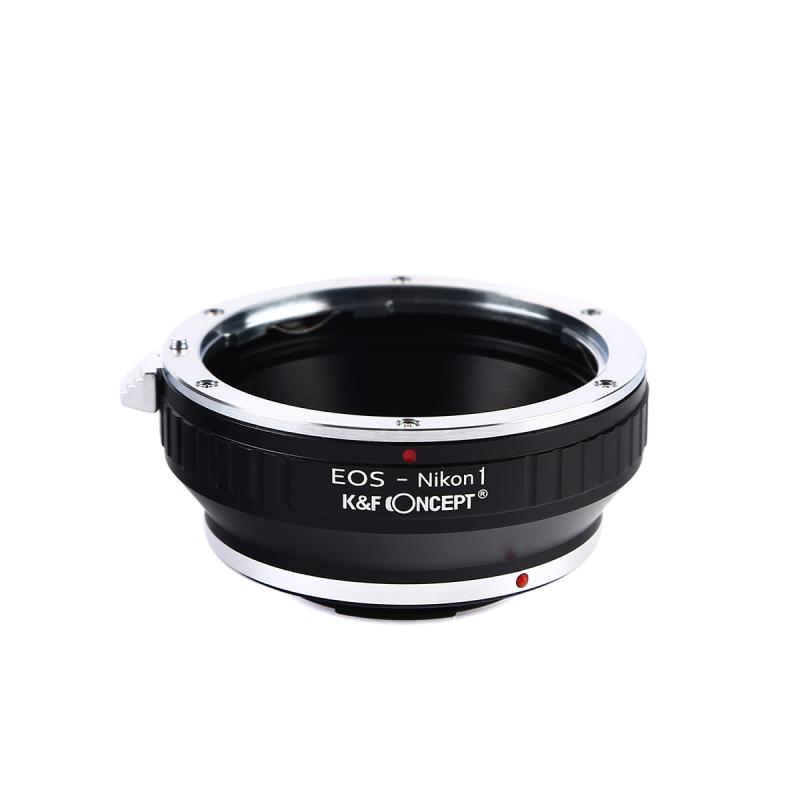
3、 Alkaline batteries: Widely available and affordable, suitable for short-term use.
Alkaline batteries are widely considered to be the best option for trail cameras due to their availability, affordability, and suitability for short-term use. These batteries are easily found in most stores and are relatively inexpensive compared to other types of batteries. This makes them a convenient choice for trail camera users who may need to replace batteries frequently.
Alkaline batteries are also known for their reliability and consistent performance. They provide a steady power supply, ensuring that your trail camera functions optimally and captures high-quality images. Additionally, alkaline batteries have a long shelf life, which means they can be stored for extended periods without losing their charge. This is particularly useful for those who use trail cameras seasonally or intermittently.
However, it is worth noting that there have been advancements in battery technology in recent years. Lithium batteries, for example, are gaining popularity among trail camera users. Lithium batteries offer several advantages over alkaline batteries, including a longer lifespan, better performance in extreme temperatures, and lighter weight. They also tend to have a higher energy density, meaning they can provide more power for a longer duration.
While lithium batteries may offer certain benefits, they are generally more expensive than alkaline batteries and may not be as readily available in all locations. Therefore, for most trail camera users, alkaline batteries remain the preferred choice due to their affordability, availability, and suitability for short-term use.
In conclusion, when it comes to trail cameras, alkaline batteries are still considered the best option for most users. However, it is always a good idea to stay informed about the latest advancements in battery technology and consider alternative options based on your specific needs and preferences.
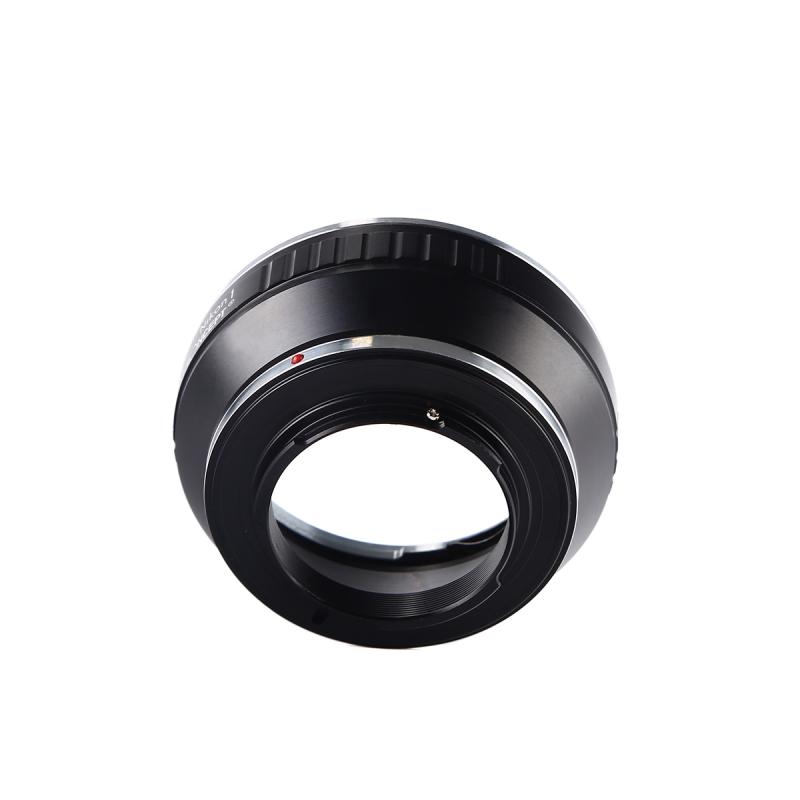
4、 Lithium batteries: Lightweight and perform well in extreme temperatures.
Lithium batteries are widely regarded as the best option for trail cameras due to their lightweight design and excellent performance in extreme temperatures. These batteries have become increasingly popular among outdoor enthusiasts and wildlife photographers for several reasons.
One of the key advantages of lithium batteries is their lightweight construction. When setting up trail cameras in remote locations, every ounce matters. Lithium batteries are significantly lighter than other options such as alkaline batteries, making them ideal for extended trips or when carrying multiple cameras. Their lightweight design also reduces the strain on camera mounts and ensures easier transportation.
Another significant benefit of lithium batteries is their ability to perform well in extreme temperatures. Whether you are monitoring wildlife in freezing winter conditions or scorching summer heat, lithium batteries can withstand a wide range of temperatures without losing power or performance. This reliability is crucial for trail cameras that are often left unattended for extended periods.
Furthermore, lithium batteries have a longer lifespan compared to other battery types. They tend to last significantly longer, allowing users to capture more images and videos before needing to replace them. This extended battery life is particularly advantageous for those who have multiple trail cameras or need to monitor a large area.
It is worth noting that while lithium batteries are generally considered the best option, there have been advancements in rechargeable battery technology in recent years. Some rechargeable batteries, such as lithium-ion or nickel-metal hydride (NiMH) batteries, can now provide comparable performance to lithium batteries. However, it is essential to ensure that the trail camera is compatible with rechargeable batteries before using them.
In conclusion, lithium batteries are the preferred choice for trail cameras due to their lightweight design, excellent performance in extreme temperatures, and longer lifespan. However, it is always recommended to check the specific requirements of your trail camera and consider the latest advancements in rechargeable battery technology before making a final decision.
